introduction
This article refers to the address: http://
With the rapid increase in the number of vehicles, efficient vehicle management and dispatching systems have become a much needed tool for various vehicle management and dispatching departments. Wireless communication technology represented by GPRS (General Packet Radio Service) and WLAN (Wireless Local Area Network), wireless positioning technology represented by GPS (Global Positioning System), and increasingly mature embedded system hardware and software are advanced wireless The vehicle management scheduling system provides the technical basis.
In the vehicle management scheduling system implemented in this paper, the vehicle terminal is an embedded system based on the Intel XScale processor, and the external WLAN and GPRS realize the wireless communication with the management dispatch center; the externally extended GPS module performs real-time positioning. The management dispatch center is a software system running on a PC with a friendly human-machine interface. The PC expands the WLAN and GPRS modules so that information such as the current location of the vehicle in the system can be learned and scheduled in real time. At the same time, the system reserves a lot of functional expansion space for secondary development.
1 System overall plan demonstration and selection
In the overall scheme of the system, wireless communication technology, wireless positioning technology and embedded system hardware and software technology are three key elements of vehicle scheduling system implementation. The following are the main alternative technologies for these three aspects, and the most appropriate technical solutions are selected through demonstration.
In terms of wireless communication, both GPRS and WLAN have advantages and disadvantages. The main advantage of CPRS is that it has a wide coverage and can support voice transmission. The disadvantage is that the data transmission speed is slow, and its usage cost will be proportional to the data traffic. The advantages and disadvantages of WLAN show the characteristics complementary to GPRS. The main advantage is that it can provide a higher data transmission rate, and the usage fee is very low. Once the WLAN network is set up, except for the little maintenance work, the Other is hardly involved. Any cost; the disadvantage is that the voice service is not yet supported, and the coverage is generally small, and it is currently not comparable to GPRS. Based on the above analysis, it is decided to add both to the system from the perspective of function optimization and use of the system. At the same time, considering the difference in data rate and usage cost between GPRS and WLAN, when the vehicle is in the WLAN coverage area, the management dispatch center preferentially communicates with the vehicle through the WLAN network; when the vehicle is outside the WLAN coverage area In the GPRS coverage area, the vehicle is communicated via GPRS.
In terms of wireless positioning system, there are mainly GPS in the United States, CLONASS in Russia, and "Beidou Satellite Positioning and Navigation System" independently developed by China. Among them, GPS performance, coverage, positioning accuracy and other performances have obvious advantages. The application is also the most extensive. Therefore, it was decided to use GPS as the wireless positioning module of the system.
There are many options for the hardware and software aspects of embedded systems. The following is divided into two parts: hardware and software.
On the hardware side, the choice of embedded CPU is very important. At present, the most widely used embedded CPUs are: Intel's XScale series, mainly for handheld terminals; SAMSUNG's S3C24XX series, mainly for consumer electronics; FreeScale's PowerPc and ColdFire series, mainly for POS machines, industrial control Atmel's AT91 series is mainly used in industrial control. According to the various peripheral modules such as WLAN that the system needs to expand and the application requirements that may need to handle multimedia services, Intel's XScalePXA255@400 MHz is selected as the CPU of the in-vehicle device. The CPU has a frequency of 400MHz and is widely used in personal handheld terminals produced by internationally renowned manufacturers such as HP and Dell. It has excellent performance and stable operation. Based on the CPU selection, 64 MB SDRAM, 16 MB NOR Flash memory and 128 MB NAND Flash memory are selected to form a core embedded system together with the CPU.
In terms of software for embedded systems, the first choice is the choice of operating system (OS). The main options are WinCE.Net and embedded Linux. Among them, WinCE.Net has a user interface and operation method more similar to Windows, which can make the actual use more convenient. At the same time, because the vehicle terminal of the system needs to allow the end user to customize the application software, it is also very important to have a convenient software development platform. In this regard, WinCE.Net also has obvious advantages, so WinCE.Net is selected as the OS that is not ready for use.
In addition to the above three aspects of argumentation, there is also the problem of managing the dispatch center. In order to realize the convenience, the management dispatching center adopts a PC with strong performance as the server, accesses the GPRS network and the WLAN network through the expansion module, and runs the management scheduling software at the same time, thereby completing the management and scheduling work.
According to the above scheme demonstration and selection, a block diagram of the system scheme shown in FIG. 1 can be obtained.
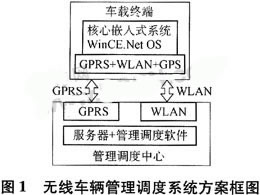
2 system hardware design
As mentioned above, the management dispatch center is ready to use a PC as a hardware platform. Therefore, the hardware design work of this system is mainly concentrated on the vehicle side. According to the above-mentioned scheme demonstration and selection, a hardware block diagram of the vehicle terminal shown in FIG. 2 can be obtained.
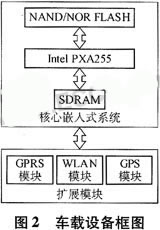
In the expansion module, the GPS module uses the JP7 module designed and manufactured by FALCOM. It is a 12-channel GPS receiver with an ultra-small size of 25.4 mm × 25.4 mm x 3 mm, supporting 3D/2D/differential positioning, and 3D positioning mode. The positioning error is up to 10 m. In this system, this module is connected to the core embedded system through a two-wire serial port, so that the in-vehicle device can obtain accurate position and time information in real time.
The CPRS module uses the SIEMENS MC35i, which is a full-featured GSM/GPRS module that supports EGSM900 and GSM1800 dual-band, supports GPRS Class 8, and has a data rate of up to 85.6 kbit/s. In this system, this module is connected to the core embedded system through an 8-wire serial port, and all work is controlled by the core system through AT commands. It can be used as a cellular phone that can make calls and send and receive text messages. It can also be used as a wireless modem when it needs to access the GPRS network.
The choice of WLAN module is mainly considering that there are various WLAN network card products with stable performance and various interfaces on the market, and the PXA255 CPU we selected can easily expand the PCMCIA interface, so we decided to use the WLAN network card of PCMCIA interface. . The NIC model selected in this system is Cisco LMC352, mainly because of the better performance of this NIC, and also supports external dual antenna, so that the antenna can be installed outside the vehicle terminal or even the car casing, thereby reducing the car casing pair. Shielding of WLAN signals.
In addition to the above expansion modules, the USBDevice interface is also extracted from the CPU, which can be used for software debugging; 2 RS-232 serial ports are extended, which can be used to connect other serial devices in the future; 1 VGA interface and 2 PS are expanded. -2 interface, so that the display and keyboard and mouse can be used on the vehicle terminal to realize the visual operation of the vehicle terminal, and it is also convenient to debug and update the software.
3 system software design
3.1 Management Dispatch Center Software
The software flow of the management dispatch center is shown in Figure 3.
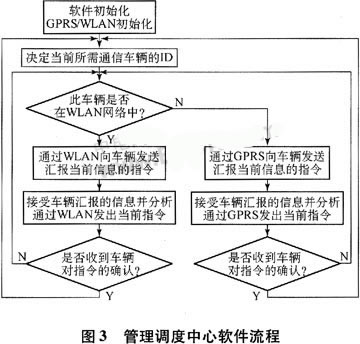
The software of the management dispatching center runs on a PC or a small server that extends the GPRS and WLAN modules, and can access the GPRS and WLAN networks at any time, and the control and data transmission and reception after accessing the network are controlled by the management scheduling software. The software exit path is not indicated in Figure 3, because in actual use, the user can close the software and exit the management scheduling software system at any time.
The development environment of this software is Visual Studio.NET 2003, using C language. The software first initializes the serial port connected to the GPRS module, and also detects whether the extended WLAN module has found a nearby AP and accesses it. Under normal circumstances, both initializations can be completed in a short time, and then enter Idle state. When the user has a scheduling request, it is necessary to first determine the ID (identifier) ​​of the Japanese vehicle, which may be the unique IP address or license plate number of each vehicle terminal, or manually assign one more to each vehicle. Easy to remember ID. It is then determined whether the vehicle corresponding to the ID is in the area covered by the WLAN network, which is implemented by sending a query message to the vehicle terminal on the WLAN network. If the vehicle is in the WLAN network, the vehicle terminal immediately sends a message to the dispatch center to confirm that it is in the WLAN network. At this time, the software preferentially uses the WLAN to communicate with the vehicle; if the vehicle is not in the WLAN network, the query of the dispatch center cannot be received. The information, and therefore the acknowledgment message, cannot be replied to the dispatch center, at which point the dispatch center will use GPRS to communicate with the vehicle. The process of using GPRS involves a problem of mobile IP: when the car terminal dials the GPRS network every time, its IP address is generally different, so the method of binding the IP address in the WLAN network to the vehicle cannot be adopted. The common solution at this time is that the dispatch center adopts the short message method. First, the vehicle terminal is required to report its IP address, and then communicate. After the instruction of the management dispatch center is issued, the software waits for the vehicle end to reply to the confirmation message. Through the method of vehicle confirmation, it can be ensured that the vehicle accurately receives the command issued by the management dispatching center, so that the probability of misoperation of the system is minimized.
3.2 Vehicle terminal software
The vehicle terminal software runs on the X830 PXA255-based embedded vehicle terminal and uses WinCE.Net 4.2 as the operating system. The specific business content with different differences in different vehicle management scheduling systems is stripped, and the vehicle-side software flow chart shown in FIG. 4 can be obtained. The software exit path is not indicated in the figure, because in actual use, the user can close the software and exit the vehicle terminal software system at any time.
The vehicle-side application software of this system is developed using the Smart Client engineering mode in Visual Studio.NET, using the C language. As shown in Figure 4, the software first performs initialization work, and opens each port where GPRS/WLAN/GPS is located to start power supply. For the GPRS module, the GSM network is automatically searched after power-on. If there is GSM network coverage at the location, it will automatically access and stabilize the idle state that can make/receive calls and send and receive text messages at any time; if there is no GSM network coverage, it will re-search the network periodically. For the WLAN module, after power-on, it is controlled by the driver to start searching for the WLAN network. If a suitable AP is found, it automatically picks up and sets the encrypted authentication information to prevent being attacked; if not, it searches for the network periodically. For the GPS module, after a cold start, enter the control command at the default baud rate of 4 800 bit/s, adjust the baud rate to 9 600 bit/s, and control the GPS every other fixed time interval in the following work. The positioning information is output once, and the time interval set by the software is 1 s. Considering that the common positioning error of civilian GPS in non-differential mode is between 1 m and 15 m, this time accuracy can meet the requirements of most applications.
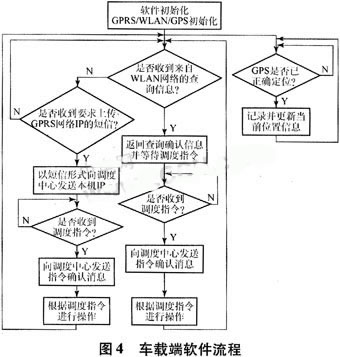
After initialization, the software starts two worker threads to process GPS location information and wireless network information. The thread that processes the GPS information first needs to determine whether it has been effectively located. According to the actual measurement, if the GPS module is used for the first time or after being used for a long time, the internal backup power of the module is exhausted, so the latest position information cannot be provided for reference after the cold start, and the effective positioning takes 5 minutes. ~10 min. In other cases, it takes about 10 s for a cold start to effective positioning. After effective positioning, the thread receives the current position, speed, time and other information output by the GPS module once per second through the serial port, and performs corresponding processing and recording. The thread that processes the wireless network information is mainly responsible for coordinating the GPRS and WLAN networks, so that the vehicle terminal can communicate with the management dispatch center efficiently and reliably. This thread first scans the WLAN network for any query on the port that has been negotiated with the dispatching center in advance, and if so, returns the query confirmation message and waits for the actual instruction; after receiving the instruction, it first returns a confirmation message to the dispatch center, and then Then do the corresponding action according to the content of the instruction. If the appropriate AP access is not found during the query phase, the GPRS module is queried for receiving the short message sent by the dispatch center. If not, return to the state of scanning the WLAN network; if yes, the dispatching center needs to communicate with the terminal through GPRS, then the vehicle terminal should dial the GPRS network immediately, and the obtained IP address is returned as a short message. Pass to the dispatch center. The subsequent communication process is similar to the WLAN network, and the vehicle terminal and the management dispatch center interact with the command information and the confirmation information.
The above software process description does not involve specific services such as instruction content, which is because the specific services of each user and unit of the vehicle management scheduling system will be greatly different. In response to such differences, the system provides a wealth of space for customization and modification. It can be targeted for different specific services for secondary development, and can expand a lot of useful functions. For example, the destination of the current travel can be input on the vehicle terminal, and the interaction between the terminal and the management dispatch center, relying on the powerful database and electronic map system of the center background, can give suggestions for the current travel route and intuitively The map form is displayed on the display device of the vehicle terminal. If the position information during driving is recorded in the form of a file and uploaded to the PC of the management dispatch center when appropriate, the function of the track playback can be realized in combination with the electronic map, and the actual route of the vehicle travel can be reproduced to better perform the vehicle. management. If voice communication is required, the voice can be transmitted through the GSM module to realize the function of the car phone.
4 Conclusion
This paper discusses the design scheme of wireless vehicle management and dispatching system based on GPRS/WLAN/GPS technology, and gives the overall system block diagram and its functional modules, and realizes the hardware and software of the system. The vehicle terminal part of the system makes full use of the advantages of low WLAN usage fee and high data transmission rate, wide coverage of GPRS network, GPS real-time positioning and easy system integration; high-performance embedded systems will be used The functional modules are integrated to realize an in-vehicle terminal with excellent performance and rich functions. The management dispatching center uses the PC as the server of the system, expands the GPRS and WLAN modules, and completes the transmission and reception of commands and data under the control of the management scheduling software to realize the management and scheduling functions; at the same time, a rich function expansion space is reserved. Secondary development.
The hardware and software technical indicators of this system have reached the technical requirements of industrialization, and the equipment work is stable and reliable. It has already started mass production and used in the transportation vehicle management dispatching system of Yantian Port in Shenzhen. The number of vehicle terminals has reached about 1000 and still has constant Ordering, has a very broad market prospects!
The Taihang Jiaxin charger is controlled by a solid-state thyristor with electronic sensing and monitoring functions. The main function of the charging system is to charge the battery without supervision while providing a continuous load. The charging characteristic is a constant potential with a current limit. The charger rectifier circuit provides 100% of the rated current, while the float/boost charges a group of lead-acid batteries. The system is also suitable for maintenance and non-maintenance operations.
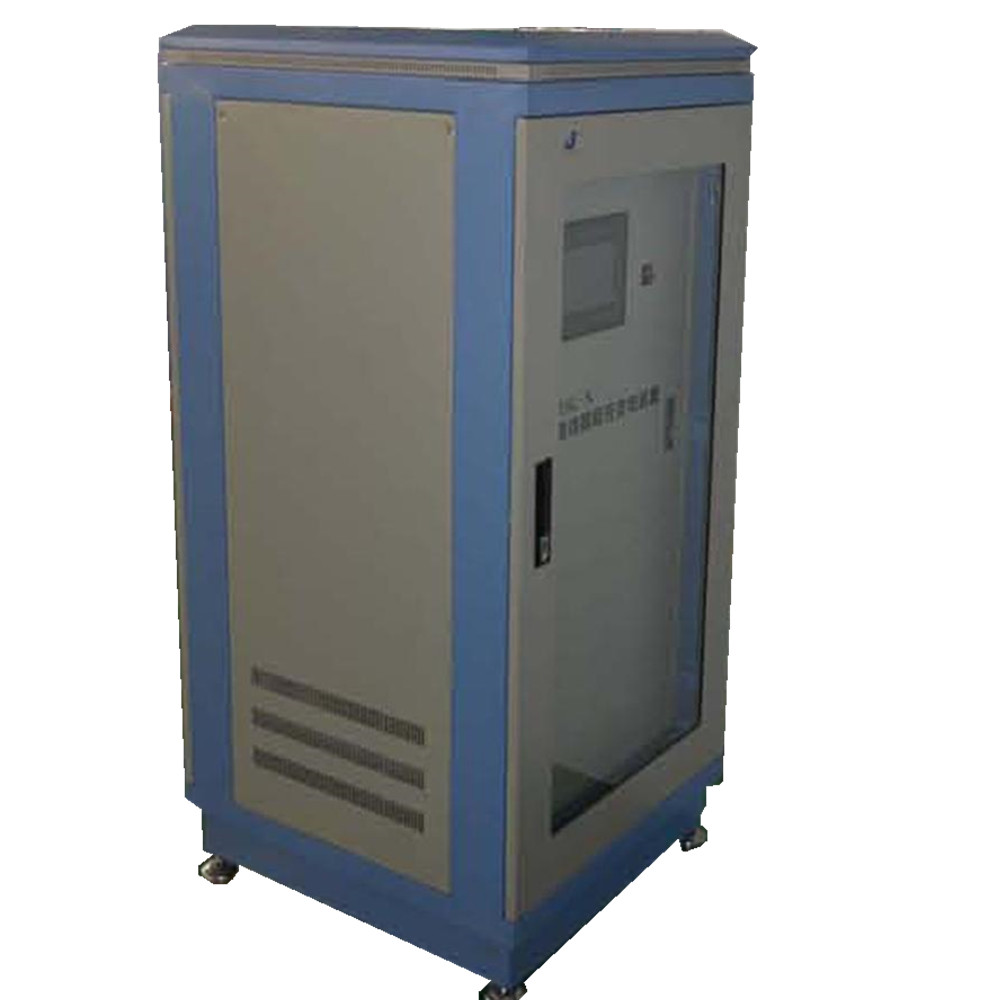
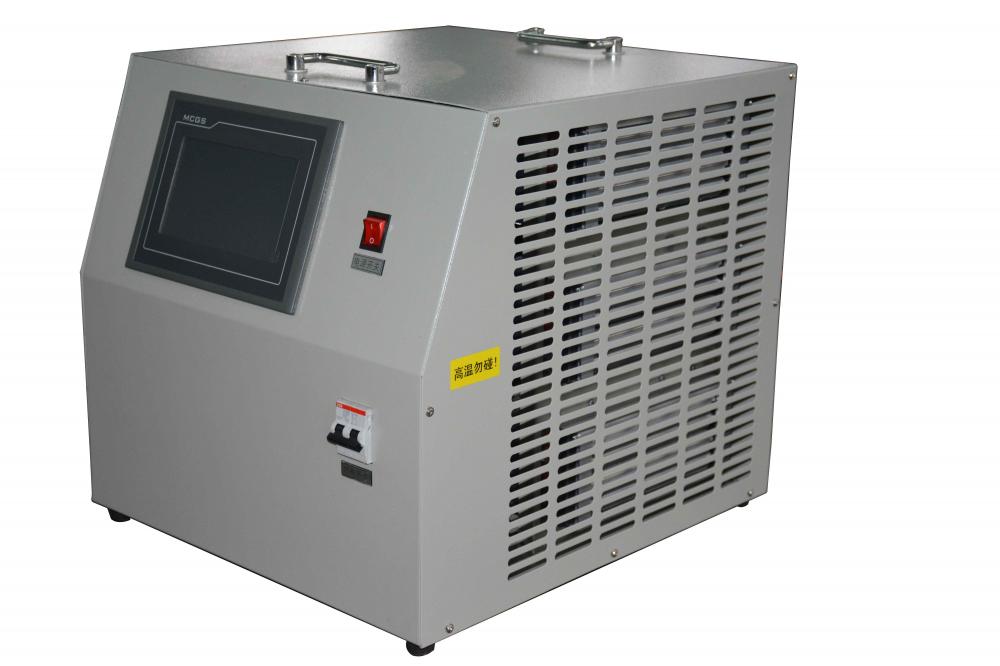
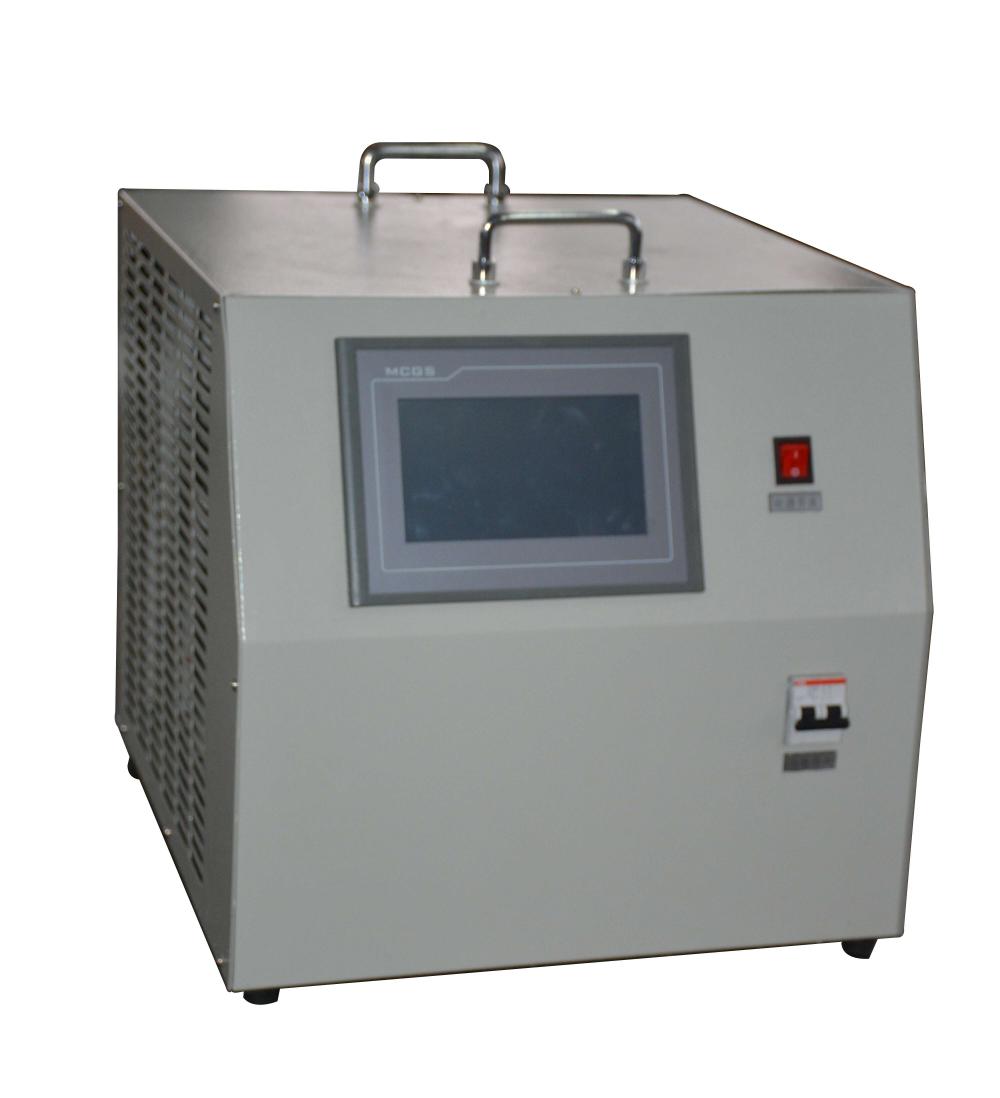
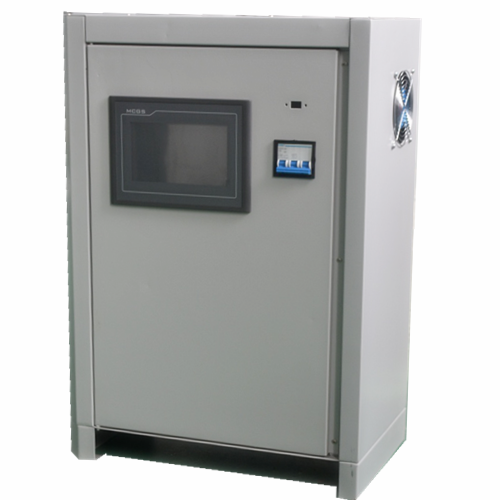
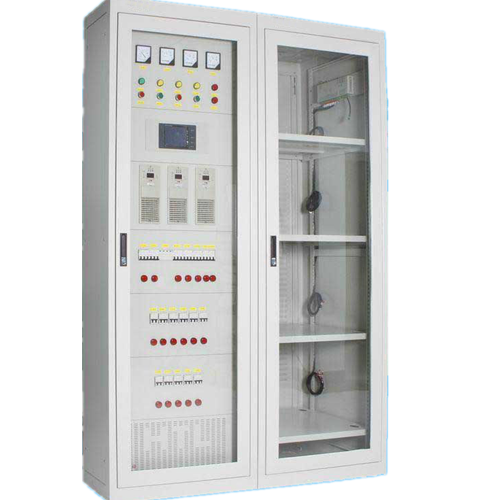
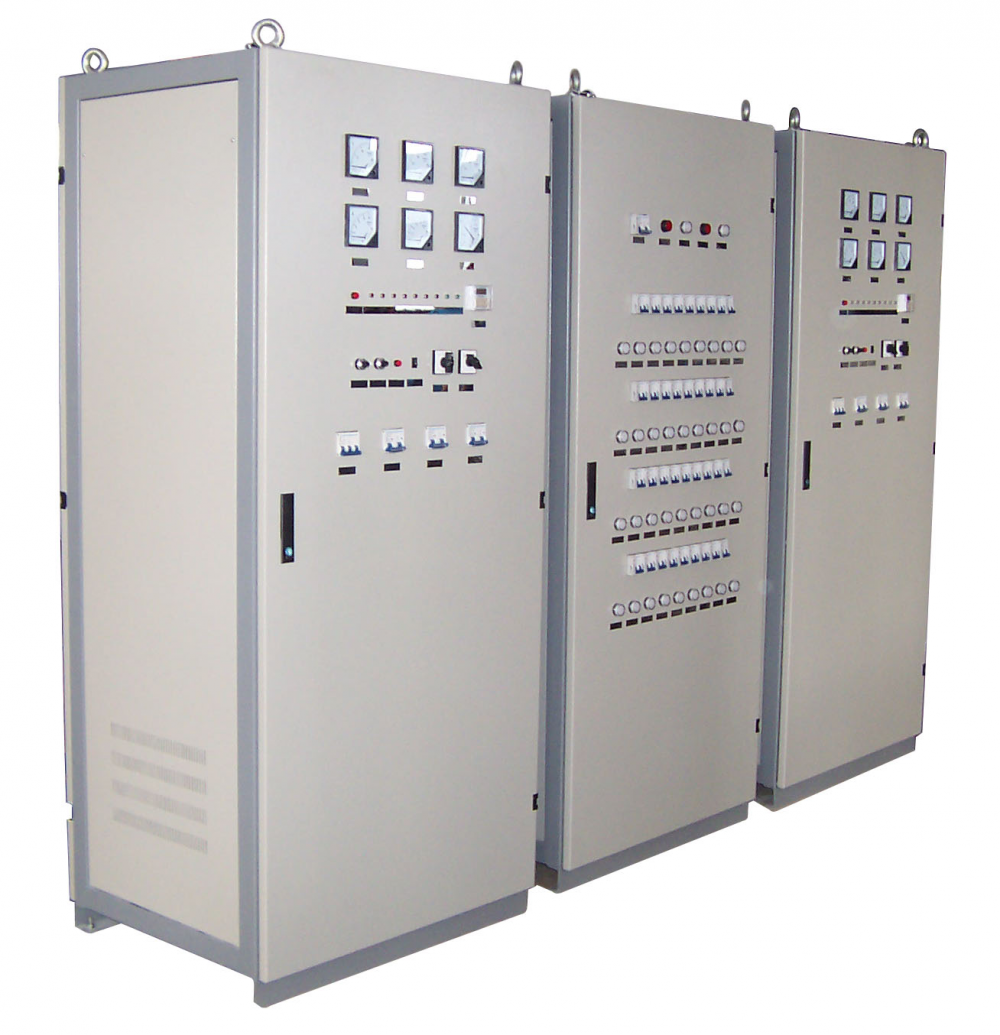
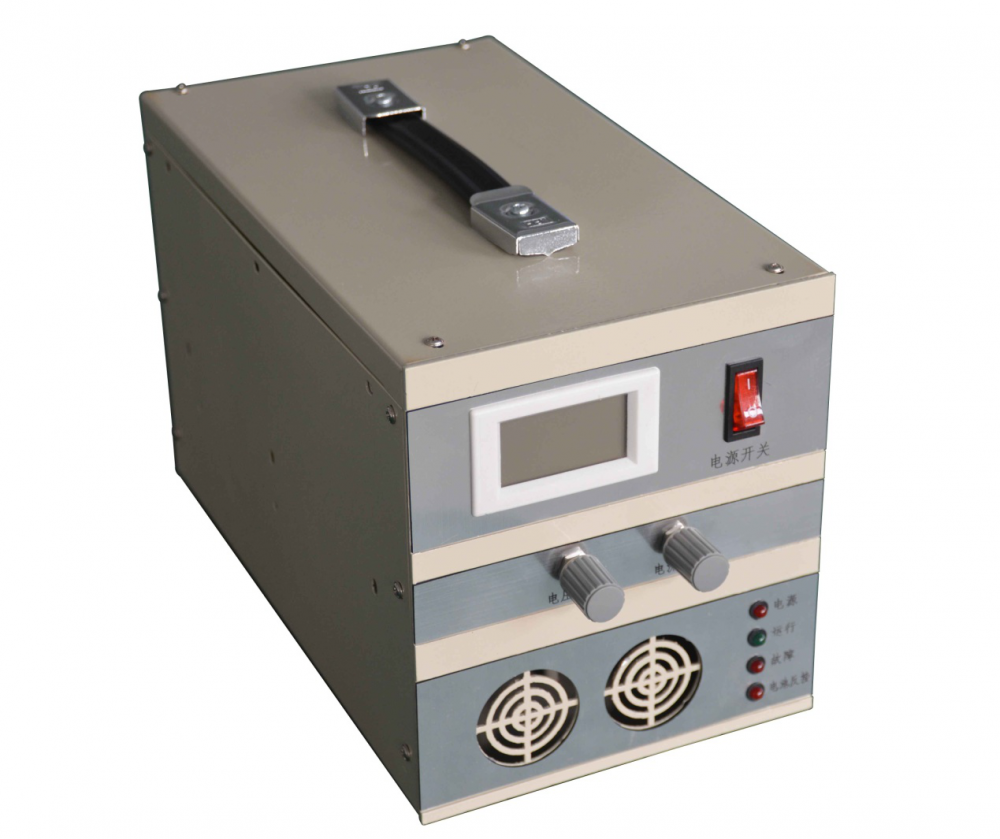
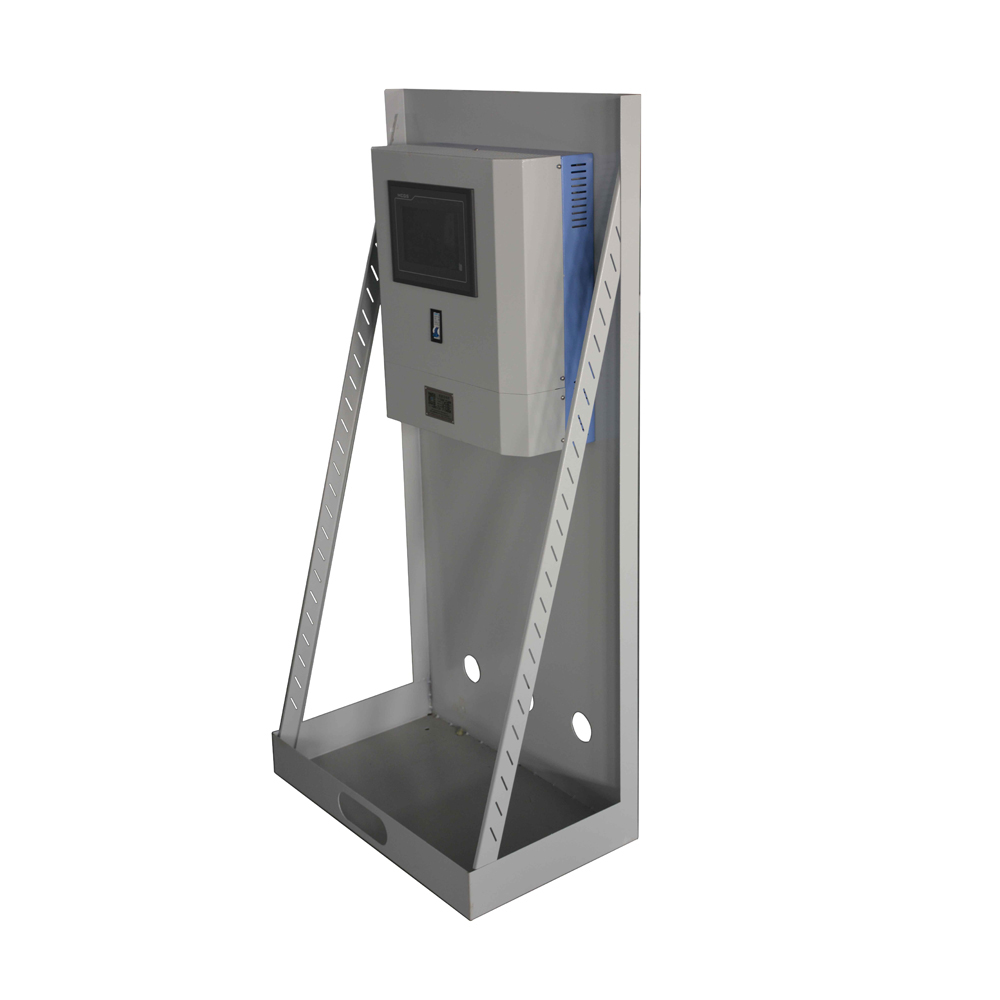

Battery Charger,Lipo Battery Charger,Hf Battery Charger,Three Stage Battery Charger
Xinxiang Taihang Jiaxin Electric Tech Co., Ltd , https://www.agvchargers.com